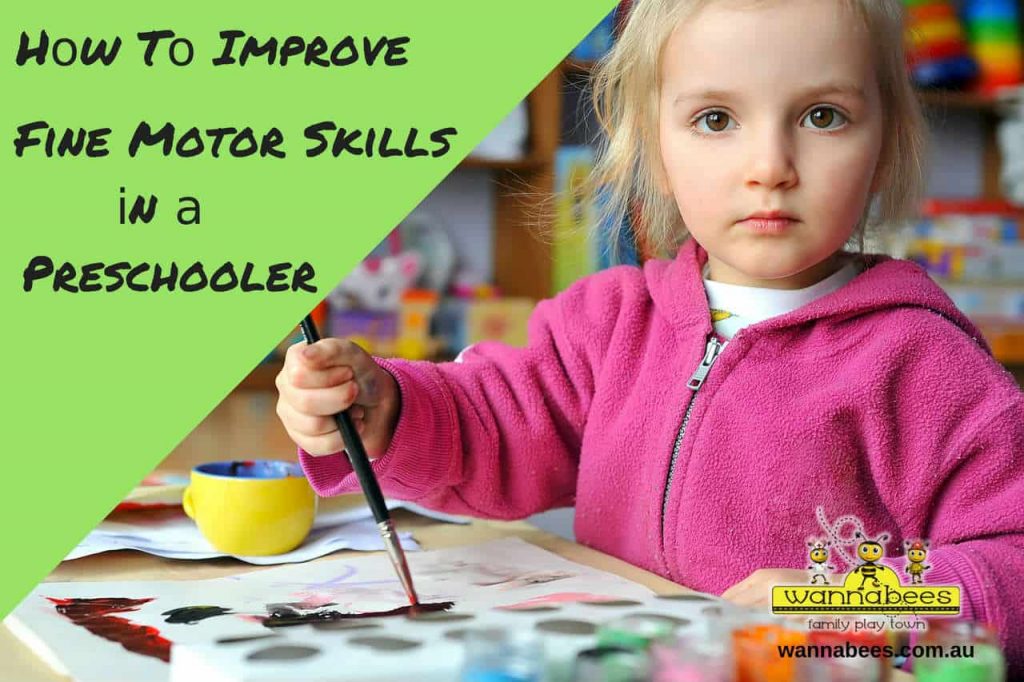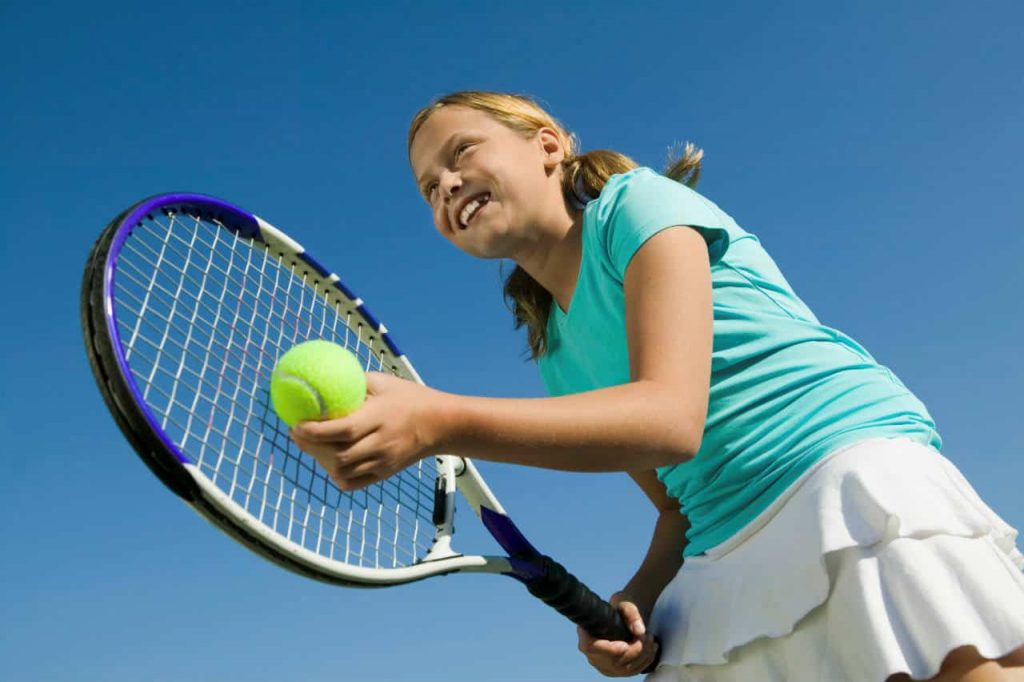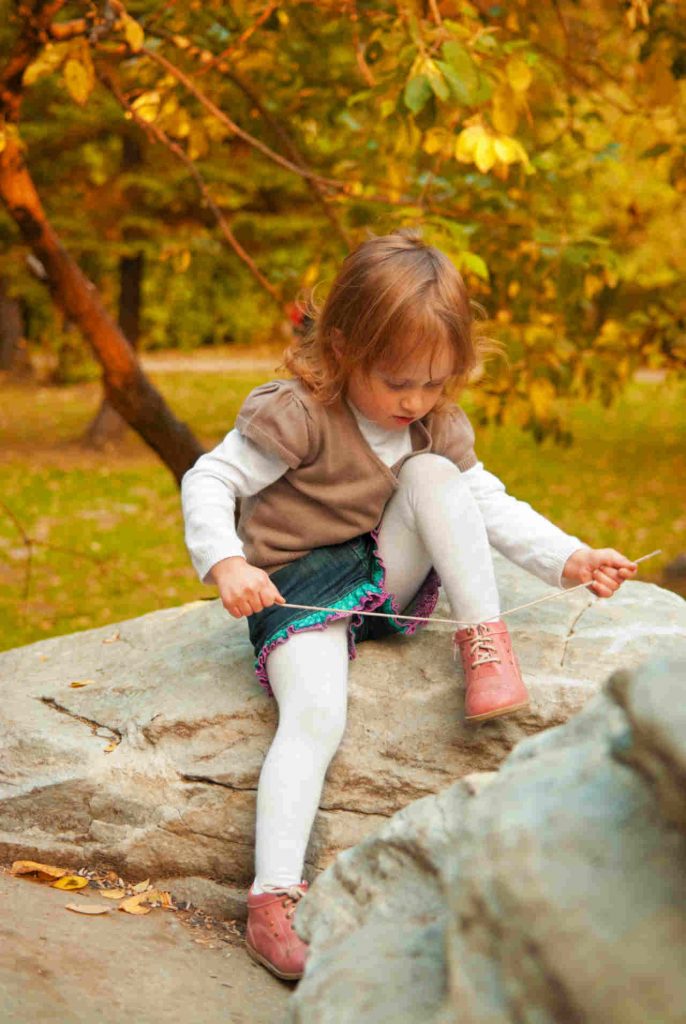
Child Development
Most of your child’s physical development (gross and fine motor skills) occurs quickly between the ages of two and five. Probably the most obvious changes are shown in body shape and size. Also, they experience crucial changes in other areas like brain and central nervous system maturity.
Along with the maturity of the brain, five-year-old children will master some motor skills, that will set them apart from the toddler in early childhood.
One of the main changes of body shape is experienced in the lower body. Limbs grow and with it, some infancy fat is burned off. The overall result is slimmer children during the preschool years. Baby features like sharp stomach, round appearance and tiny limbs are no longer present. Several changes are happening in their little bodies and parents and teachers must be aware of them to help the child go through.
Some of the changes children experience during early childhood include the increase in their height and body weight and changes in physique proportions. Generally, children see gains of around three inches in height and putting on about four pounds per year!
By age five, a normally developed child can weight about forty-six pounds and measure an average of one hundred and sixteen centimeters (116 cm) tall.
Gross And Fine Motor Skills

Generally, gross motor skills involve large body movements. For instance, activities like running, throwing, climbing and jumping.
Gross motor skills improve considerably when children turn five. Most children exercise their gross motor skills wherever they are. They could be climbing on a slide, or strolling sidewalk curbs for balancing. It is a set of skills that are important as they encourage the child to be focused, audacious, spirited and playful.
In contrast, fine motor skills, involve small body movements. Often kids find hand and finger movements a bit more challenging than gross motor skills.
Activities such as grabbing a jug to pour water into а glass without spilling it, or using cutlery to cut food are good examples of fine motor skills. Preschoolers need to develop muscular control in order to learn fine motor activities, like tying their shoelaces.
Motor Skills In School

Some five year old’s can jump, climb, run and throw. Teachers should encourage the use of children hands, and work and play with а wide variety of objects, when teaching to five-year-old kids. Lightweight balls, beads, and other fine motor manipulative objects can help teachers to enhance student learning.
Using scissors is perhaps one of the biggest issues that every child experiences someplace along the line between holding а pencil and starting school. Parents should encourage children to use scissors and be there to help them and show them the proper way. Practice at home should be a complement to what they do at school. You can also read our post “Is Tripod Grip The Best Way To Teach Your Child How To Write?” to learn more about techniques and tips to help your child develop fine motor skills needed for writing.
Ideas For Fine Motor Skill Development

Helping your child to develop strong fine motor muscles which are crucial for cutting and writing, should be a priority for all parents. To assist you, we have put together a list of tips and a series of fun activities for the kids. Encourage your children to try them and you’ll be helping them to get ready for school.
- Playing with BBQ tongs is useful to help kids develop the cutting action. To do it properly, place a few small items such as balls, blocks or Lego pieces, around a table. Then play a game to see who picks up the most.
- Get them to practice regularly squeezing their thumb and index fingers to help strengthening their hand muscles.
- Another great exercise is getting the child to squeeze some play dough through a garlic press or similar. It is a fun experience for them seeing the worms come out. There are several toys that accomplish the same effect and are safer that the kitchen utensils.
- Singing along finger action songs. The finger movements help strengthening them to help with scissor and pencil gripping. Incy Wincy Spider, Baa Baa Black Sheep, Galump and Open- Shut Them are great illustrations.
- Spray bottles are also great to help with muscle development. Let your child spray water around the garden with a spray bottle filled with water.
- Meal times are great opportunities to exercise. Put out chopsticks and encourage your child to try.
- Squeezing, rolling and pushing play dough regularly is good training as it fortifies little muscles and feels awesome.
- Punching holes with а hole punch in cardboard piece is another great supervised activity for your child.
- Hold а thin strip of paper with both of your hands and encourage your child to cut across it with а single trim.
- Get уоur child to softly snip the ends of piece of paper so that it styles а fringe. Then create а hat or decorate art work with the fringes your child make.
- Organise a cutting session to make grass for а collage by cutting thin paper strips.
- On a piece of cardboard draw thick straight lines and encourage your child to cut following the as straight as possible. As they improve their skills draw some shapes like squares, triangles or circles and get your child to cut around them.
- Spoil your child with creative activities such as drawing, colouring, finger painting or clay moulding. Connect-the-dot picture books and basic jigsaw puzzles are also great for fine motor skill development.
The list above describes just some easy activities that will not take much of your time to reinforce what they do at school. We list some other ideas on our post “Best Toys And Activities That Will Help Your Child’s Development“.
